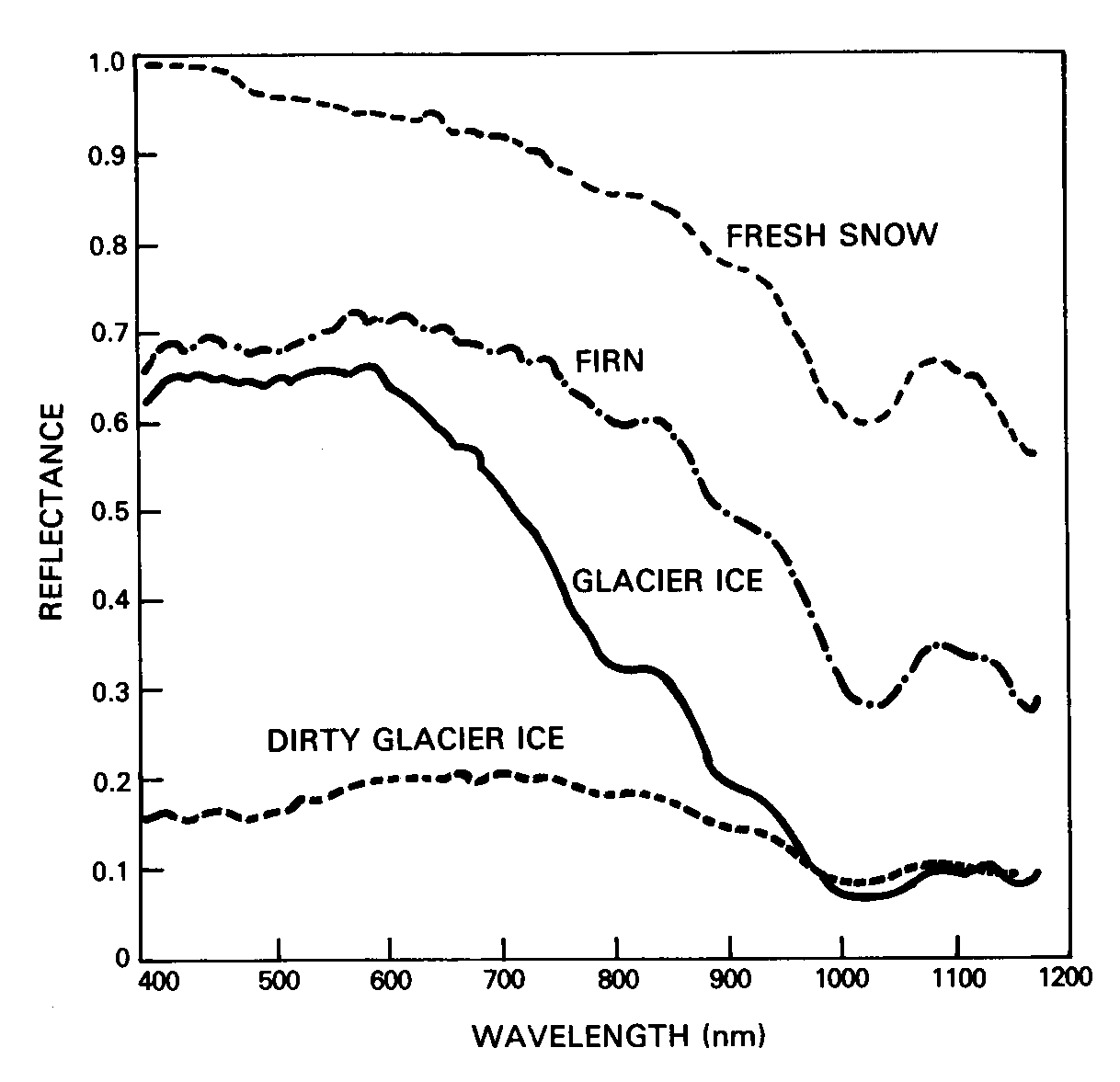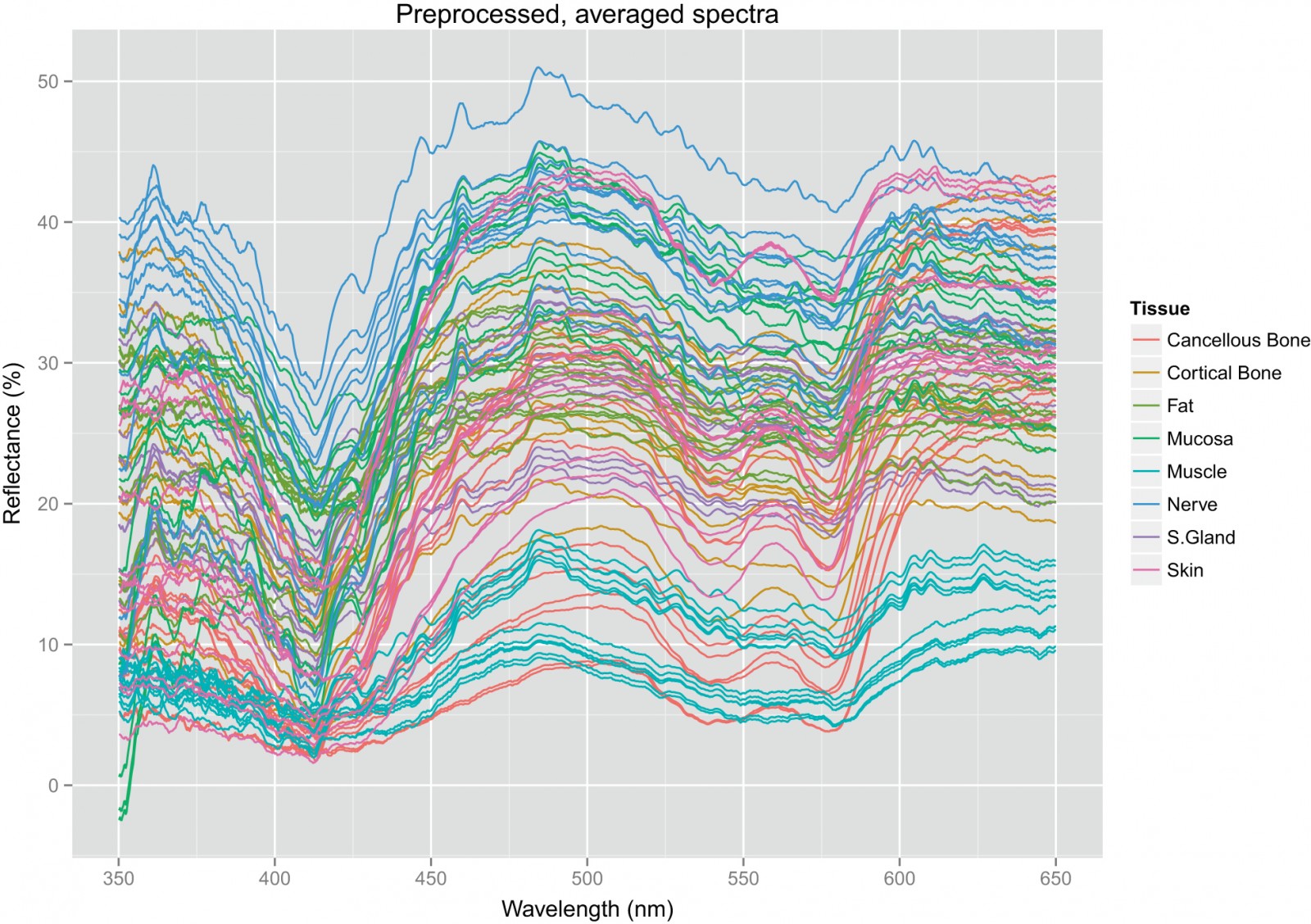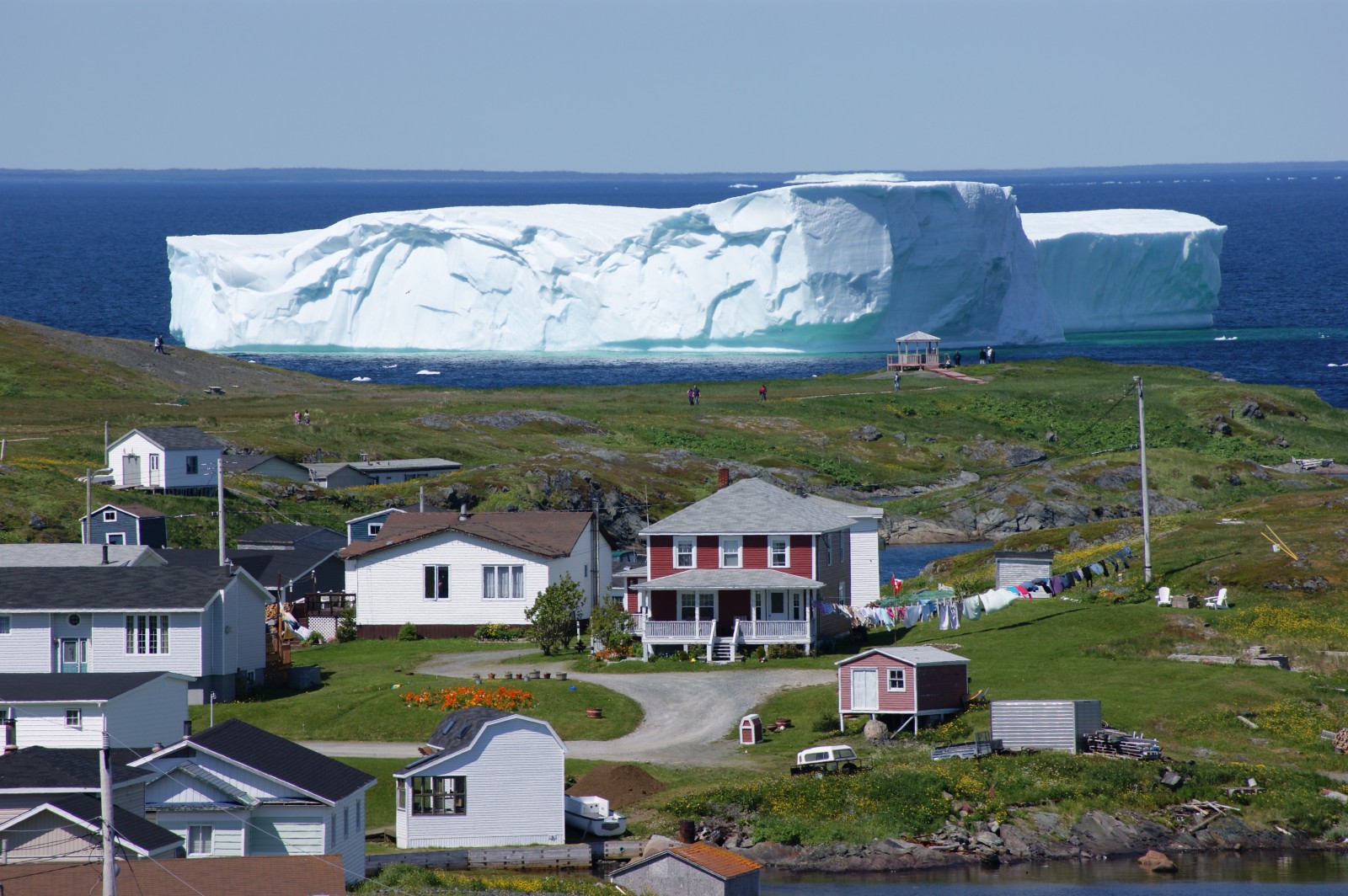The Albedo Effect refers to the percentage of incoming radiation reflected off a surface. The loss of polar reflectivity caused by the melting of the polar icecaps, sets off a vicious cycle: lost sea ice exposes dark, open waters, shifting the surface from highly reflective to one that absorbs most of the sun’s energy, leading, in turn, to further ice loss. Reflectance refers to the diffraction of light in all directions when it hits a surface and is measured as spectra. In the first graph (Figure 1.) we see the reflectivity spectra for glacial ice compared with that of, for example, fresh snow. If we compare this to the following graph (Figure 2.), which shows the reflectivity of animal tissues, such as Bone, Muscle and Skin, within the the visible light spectrum (400-700nm), we notice that the reflectance of fat (shown in dark green) is roughly half that of a glacier, and 1/5th of fresh snow. This suggests FATBERG would reflect a quite significant amount of light, with half the efficiency of the glacier. Furthermore, since this diffuse reflection is partly influenced by the material structure itself, this suggests that the material composition, for example the fat composition at different levels of the berg, or manipulating the crystal structure of fat during the cooling / solidification of the berg, are worthy of further investigation.
REFERENCES
Maurer, J. (2002). Retrieval of surface albedo from space. Available: http://www2.hawaii.edu/~jmaurer/albedo/. Last accessed 16th June 2015.
Engelhardt et al. (2014). Comparing classification methods for diffuse reflectance spectra to improve tissue specific laser surgery. BMC Medical Research Methodology. 14 (91), p1-15.


